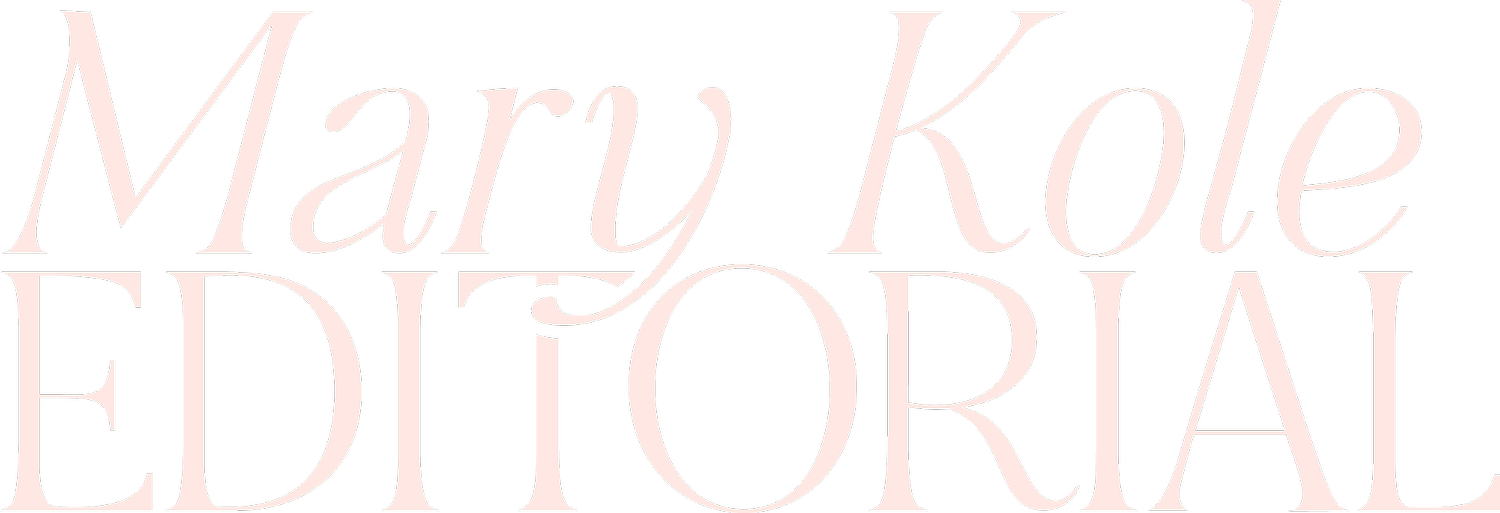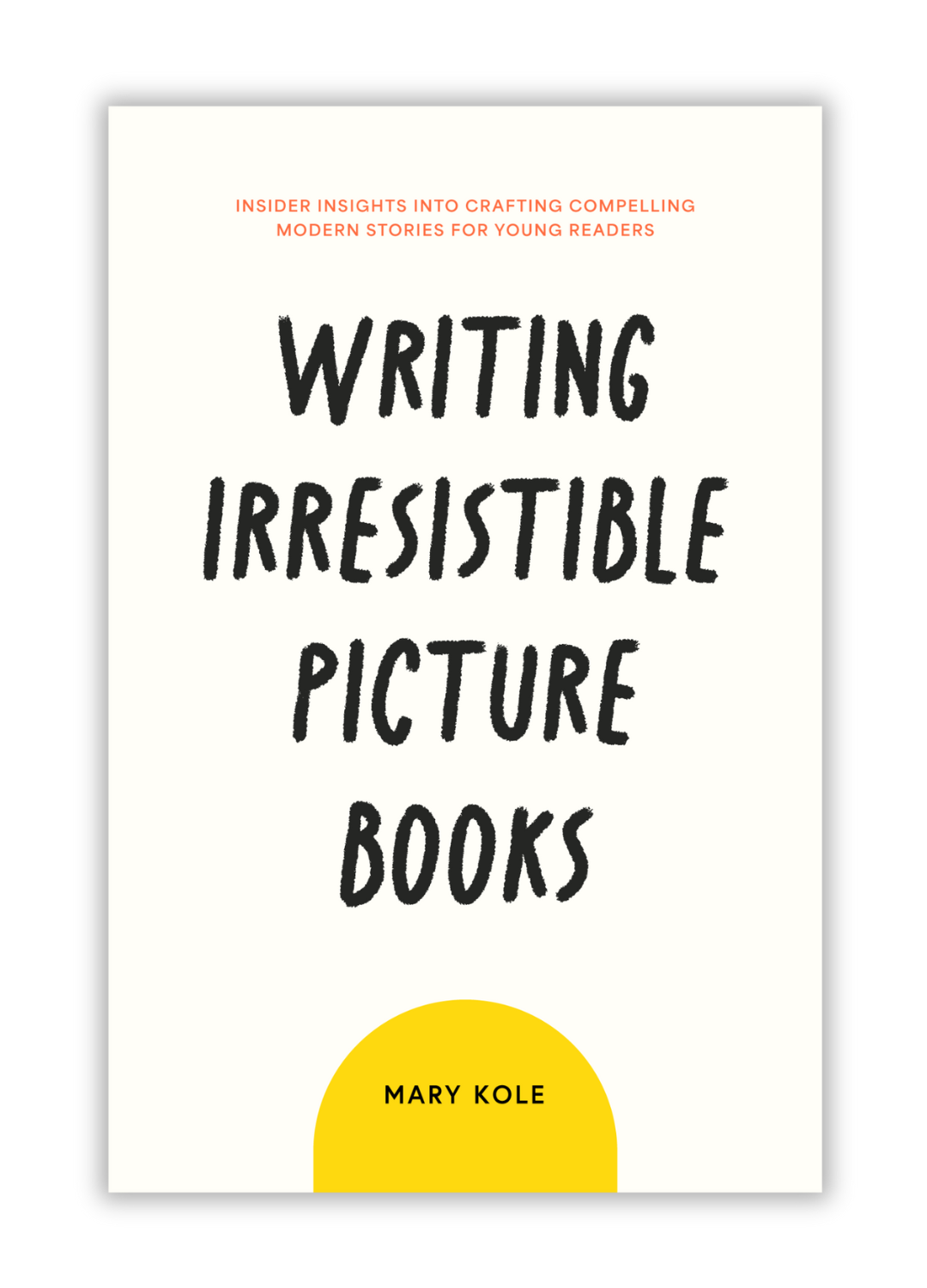Generating Creative Ideas for Writing a Children’s Book
By Mary Kole
Mary Kole is a former literary agent, freelance editor, writing teacher, author of Writing Irresistible Kidlit, and IP developer for major publishers, with over a decade in the publishing industry.
Writing a children’s book requires a special kind of creativity, and that starts with ideas for writing a children’s book. Writing for young readers requires open-heartedness and creativity, especially at the story idea phase. Coming up with creative sparks for your children’s book can be intimidating, but with the right tips, you can generate great ideas for writing a children’s book that are sure to make your story stand out.
Ideas for Writing a Children’s Book: Read as Much as Possible in Your Genre or Category
It is very important to read as much as possible in and outside of your chosen genre or category. And you’re not just scanning. Reading like a writer is a skill in and of itself. Experiencing what the marketplace is doing will give you an idea of where your project should fit in terms of content, style, and tone. Reading other books will also help you come up with new ideas for writing a children’s book that are current. Don't limit yourself, either—read books that are similar to yours, but also read titles that are completely different. It’s a very dynamic market where trends change quickly. (Also, did you know that there’s no such thing as “children’s book” in the publishing marketplace? You will want to investigate the six types of children’s books before you sit down to try and write one. Each category has a very specific target audience, word count guidelines, and other considerations.)
Ideas for Writing a Children’s Book: Think Beyond Your Own Childhood
When it comes to ideas for writing a children’s book, it's easy to think about the books that were popular when we were kids—but times have changed! Don’t rely on books you remember from your childhood, or your childrens’ childhoods, if that was years ago. The children's book market has really matured over the last few decades, so instead of making a nostalgia play, try thinking more broadly about what might interest or resonate with different ages of kids today. Read magazines meant specifically for children or follow online trends related to topics that young readers might care about—this will help give you a pulse on what appeals most to today's youth culture.
For example, children’s picture books of yesteryear were about characters discovering the universal theme that they have worth. Well, now, that’s the starting point. They know their worth, and want to do something spectacular with their authentic selves. (Topics of social emotional learning are table stakes now, rather than a climactic revelation.)
Ideas for Writing a Children’s Book: Utilize Brainstorming Techniques
Brainstorming techniques can be incredibly useful when it comes time to generate ideas for writing a children’s book. It doesn't matter if you're working alone or with your family or a writing group—brainstorming is an excellent way to get all those creative juices flowing. Write down every idea that comes into your head, no matter how outlandish or obscure it may seem at first. You never know which concept might become something amazing later.
Additionally, don't be afraid to ask friends and family members (especially those with young children) for their input during this process—sometimes fresh perspectives can bring about refreshing ideas for writing a children’s book that you might not have thought of by yourself. It’s also fine to come up with a universal theme that’s appropriate to your target audience’s age range, and reverse engineer a story from there. (But avoid moralizing at all costs. If you’re casting around for ideas for writing a children’s book so that you can “teach today’s kids something important” or get on a soapbox, this category might not be for you.)
No matter what kind of children's book project you're working on, coming up with creative ideas can be daunting. But you can put rocket boosters on this process by reading extensively in and outside of your target category, thinking beyond your own childhood experiences, and utilizing brainstorming techniques. Now take your ideas for writing a children’s book and turn them into something amazing.
For those eagle-eyed readers who are wondering just what kind of editor would write an article with the clunky phrasing of “ideas for writing a children’s book” over and over on her website, I applaud you for noticing that this reads awkwardly. Please note that I picked this keyword phrase on purpose, as part of my SEO (search engine optimization) strategy. If you’re curious about writer marketing techniques, check out Good Story Marketing.

Click here to purchase Writing Irresistible Picture Books, my book on children’s picture books. This comprehensive guide is crammed with craft advice and groundbreaking original research, including a survey of 1,000 upcoming picture book deals, a breakdown of 80 modern and marketable picture book topics, and in-depth analysis of over 150 published picture books.



